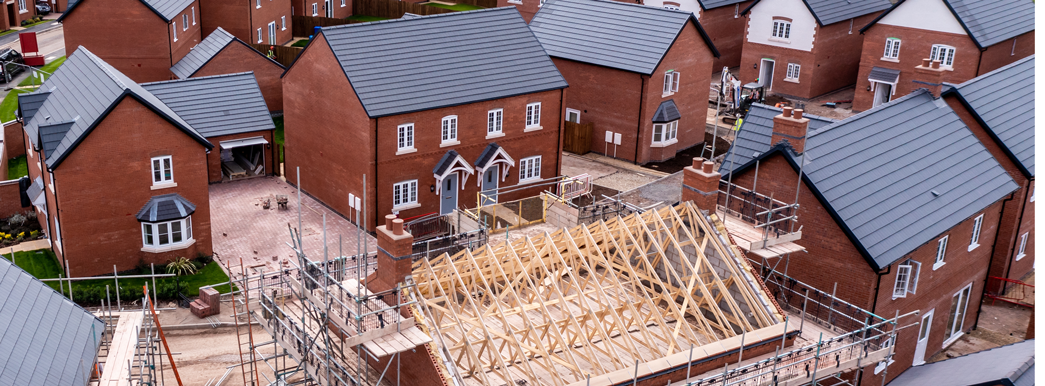Construction of 232,820 additional homes in the year to March 2022 suggests a welcome return to nearly pre-pandemic delivery rates. But falling consents, rising build costs, and a challenging year ahead for the residential market could quell any promise of future growth.
Policy-makers would benefit from taking these future headwinds into consideration, and questions over the future of top-down housing targets should be discussed in the context of continued affordability issues which leave the national housing market out of reach for a large share of households.
Growth, growth, growth?
There were 232,820 net additions to dwelling stock in the 12 months to March 2022, equating to an increase of 10 per cent on the previous year. Conversions and change of use continued to contribute to delivery figures, but new build completions remain the core driver of delivery, accounting for 90 per cent of all net additions.
Over the same period, the number of homes gaining full planning consent has fallen by -3 per cent, continuing a trend of gradual decline since the end of 2017. Structural issues with the current planning system, local authority resourcing, and environmental conditions are making it increasingly harder for consents to make their way through the pipeline. At the same time, a lack of clarity around government policy has meant that Local Plans across the country are being put on hold or withdrawn entirely.
Fewer consents will mean less potential to deliver new homes in the coming years. The challenging economic outlook, and the expectation of house prices falling next year, will present further challenges for new build delivery. Against this context, it is imperative that the Government maintains a target of 300,000 homes per annum to motivate new build delivery.
Figure 1 – Net additional dwellings, England

.jpg)









